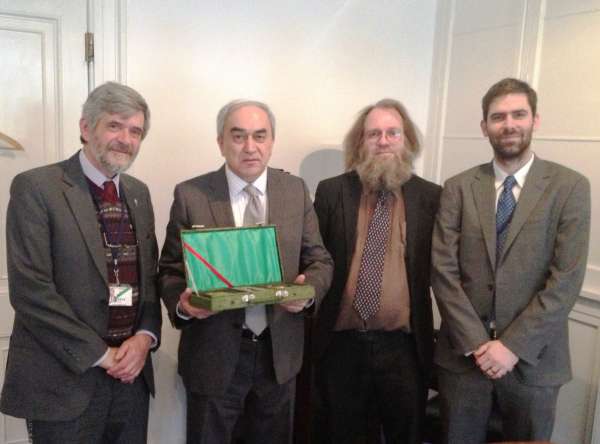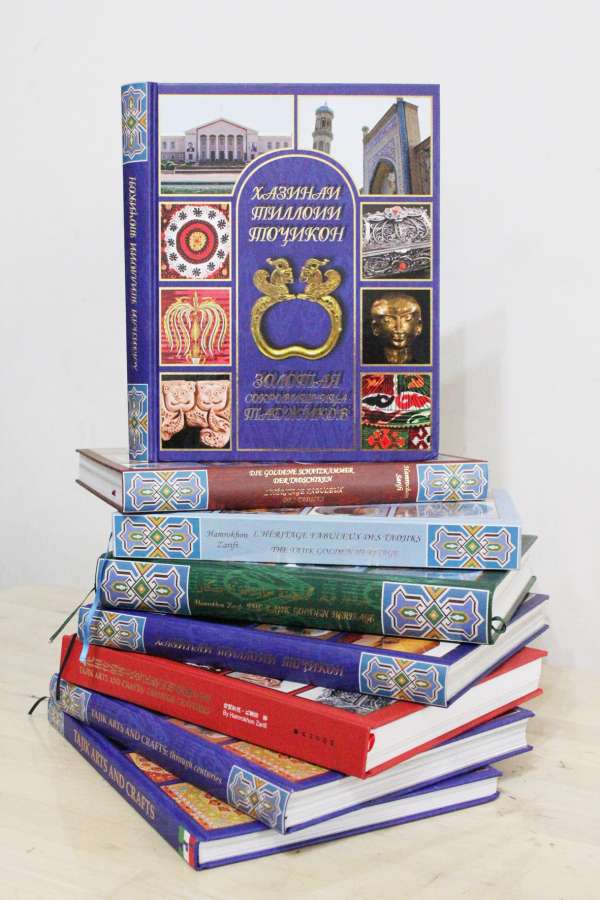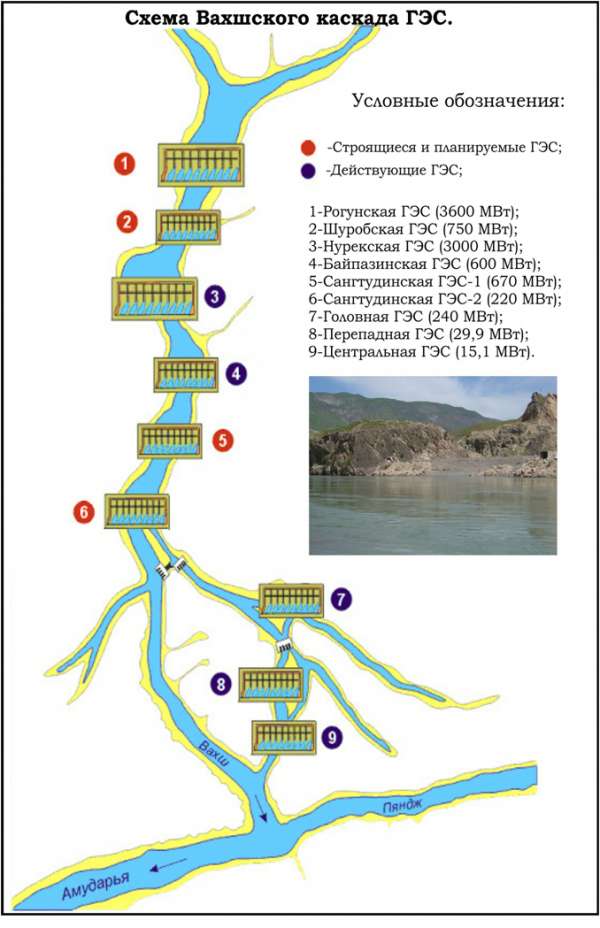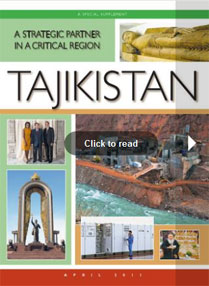British Museum has gifted six facsimiles of the Oxus Treasury to the National Museum of Tajikistan
On March 8, 2013 has gifted six facsimiles of the Oxus Treasury to the National Museum of Tajikistan for its Opening Ceremony which is due in coming days.
The leadership of the Museum handed over 6 facsimiles of the treasure to the Ambassador Extraordinary and Plenipotentiary of the Republic of Tajikistan to the United Kingdom and Northern Ireland H.E. Erkin Kasymov.
During the meeting, issues related to establishing bilateral cooperation between Museums of Tajikistan and British Museum were discussed, with particular focus on further collaboration on assisting newly established National Museum of Tajikistan with training its personnel.

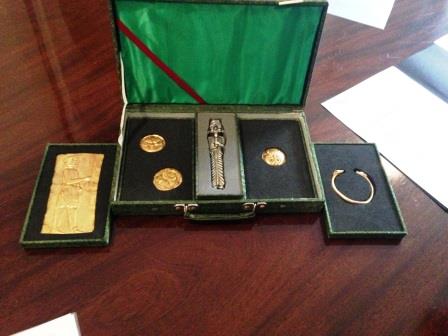
"The Oxus Treasure in the British Museum is one of the most important collections of objects of precious metal belonging to the period of the Achaemenid Empire of the sixth-fourth centuries BC and found in the nineteenth century within the modern territory of Tajikistan.
These objects were discovered over the space of three or four years, between about 1876 and 1880, at the archaeological site now called Takht-i Kuwad which lies on the north bank of the Amu dar’ya. This site and traditional ferry-point across the river lies close to the confluence of the rivers Vakhsh and Pyandzh, and the collection soon became known as the Oxus Treasure after the ancient name of the Amu dar’ya.
The objects were sold by local villagers to a group of Bukharan merchants who passed through in May 1880. While they were travelling between Kabul and Peshawar these merchants were attacked and taken prisoner by local robbers. News soon reached the British authorities and Captain Francis Burton, a political officer in the Kabul region, rode in pursuit and succeeded in negotiating the release and safe passage of the merchants. In return they presented him with a magnificent gold armlet with griffin head terminals originally been encrusted with coloured inlays. When the merchants reached Rawalpindi they sold the remainder of the treasure. An unknown number of pieces remain dispersed but many were rapidly bought up by Major-General Sir Alexander Cunningham, then Director-General of the Archaeological Survey of India Department of the Government of India, who presented some and sold the remainder to Sir Augustus Wollaston Franks, a curator in the British Museum. Franks bequeathed his entire collection, including the Oxus Treasure, to the British Museum when he died in 1897. The Oxus Treasure was soon afterwards placed on public display where it remains a centrepiece of the new permanent exhibition in the Rahim Irvani Gallery for Ancient Iran.
The Oxus Treasure consists of over 180 objects, almost all of silver, gilt silver or gold. These fall into several quite different types of object. The largest group, totalling 51 pieces, consists of thin gold sheet plaques with engravings mostly showing male (rarely female) dedicants grasping offerings, flowers or bundles of twigs resembling the barsom sticks of Zoroastrian ritual. All of these plaques appear to have been previously folded or rolled and this is very common for ex-voto offerings left by worshippers, in this case perhaps left in a temple and a small number of fragmentary gold-covered iron rods from the same collection have been interpreted by one Russian scholar as symbolic barsoms. The second largest category consists of personal adornments, including bracelets, armlets, torcs, beads and clothing appliqués. Many of these are incomplete, missing their original coloured inlays of semi-precious stones and glass, or cut and twisted. When the pieces were first published in 1905 it was suggested that this damage was the result of the robbers attempting to divide their spoils, but the possibility remains that some may reflect ancient recycling before the treasure was hidden.
There are some individually spectacular pieces in the Treasure. There are gold and silver tablewares, including bowls, a jug and a hollow fish-shaped flask which resembles a variety of carp still known from the region. There is also a gold chariot model with the front of the chariot decorated with the head of the Egyptian dwarf-god Bes who was very popular across the Persian empire as a protective figure. A decorated gold scabbard belongs to a type of short sword commonly depicted on carved stone palace reliefs at Persepolis (Takht-i Jamshid) in Iran and known in ancient times as an akinakes. There are also a small number of gold and silver statuettes, some in Persian or Median dress, and occasionally clutching barsom sticks as on the plaques. These support the idea that some objects had been made specially to be dedicated as symbols of personal belief to an important temple. The remainder were worn or used as personal items and therefore might have been offered not only because they were private possessions but also because of the value they held by being made of precious metal.
A large number of the objects in the Oxus Treasure have been examined scientifically to see how they were made. The gold items were made using native alluvial gold to which a small amount of copper had been added. Although gold cannot be sourced there is a strong possibility that some of these objects were made in Bactria and the exploitation of gold-bearing sands (as well as lapis lazuli from Badakhshan) from the upper Amu dar’ya is hinted at in the “Foundation Charter” of the Achaemenid ruler Darius I from Susa:
“And gold from Sardis and Bactria was brought, that which was worked here. And the precious stones which [were] lapis lazuli and also carnelian, which were worked here, from Sogdiana were brought”.
However, a few items are of non-Achaemenid style, including a pair of bracelets and a brooch which are similar to the “Animal Style” art of the Scythians and others are likely to have been imported from other parts of the Persian empire. Further research is planned on these and other objects in order to throw more light on this very important collection.
The Oxus Treasure is more than simply a collection of beautiful objects. It is the largest single group of precious metal objects other than coins to be found within the territories of the Achaemenid Persian empire and it provides a wealth of evidence for the high level of craftsmanship and contact at this period."
by Dr St J. Simpson
Assistant Keeper (curator for ancient Iran & Arabia) Department of the Middle East ofthe British Museum
Add this to your website

